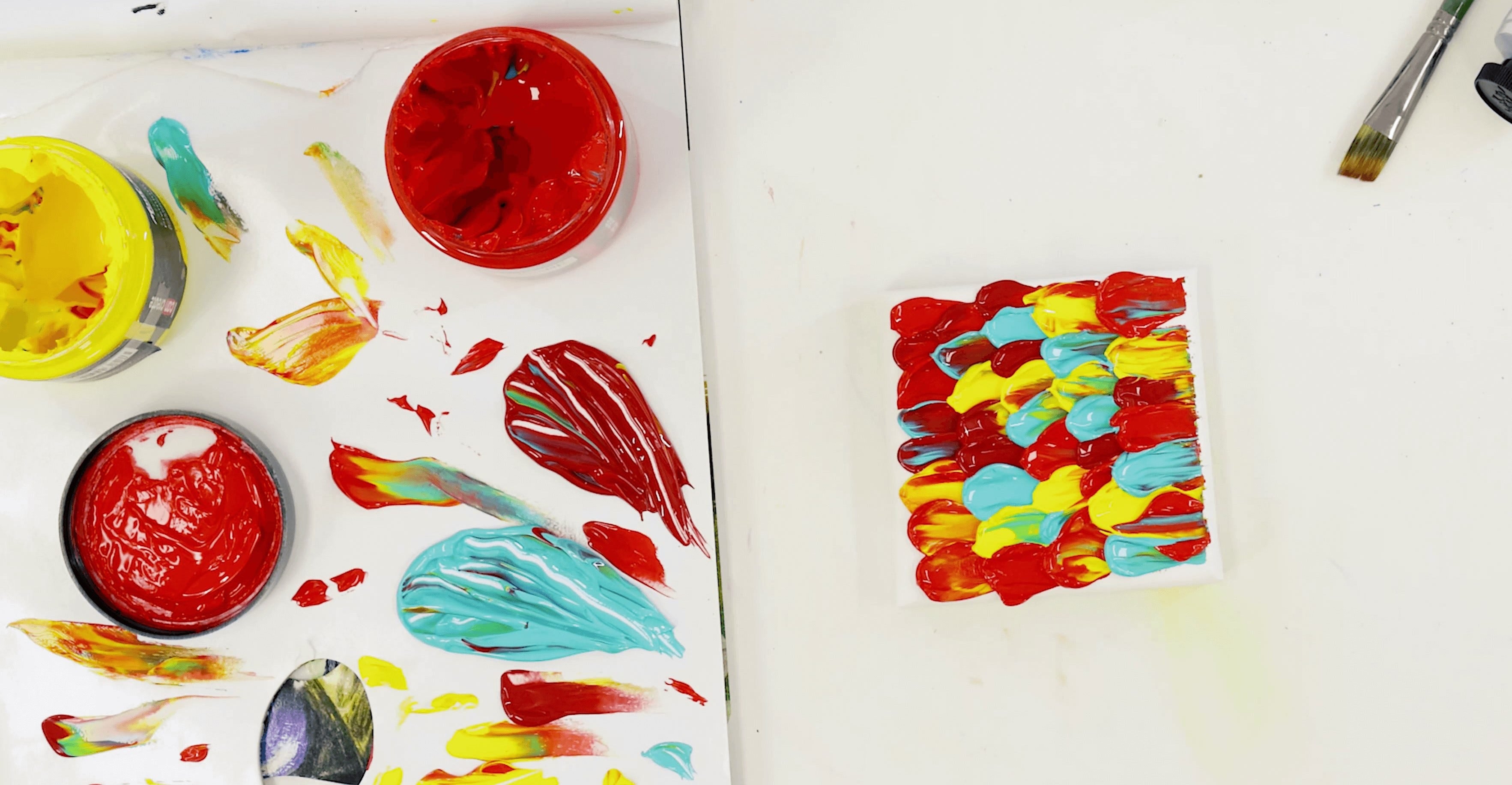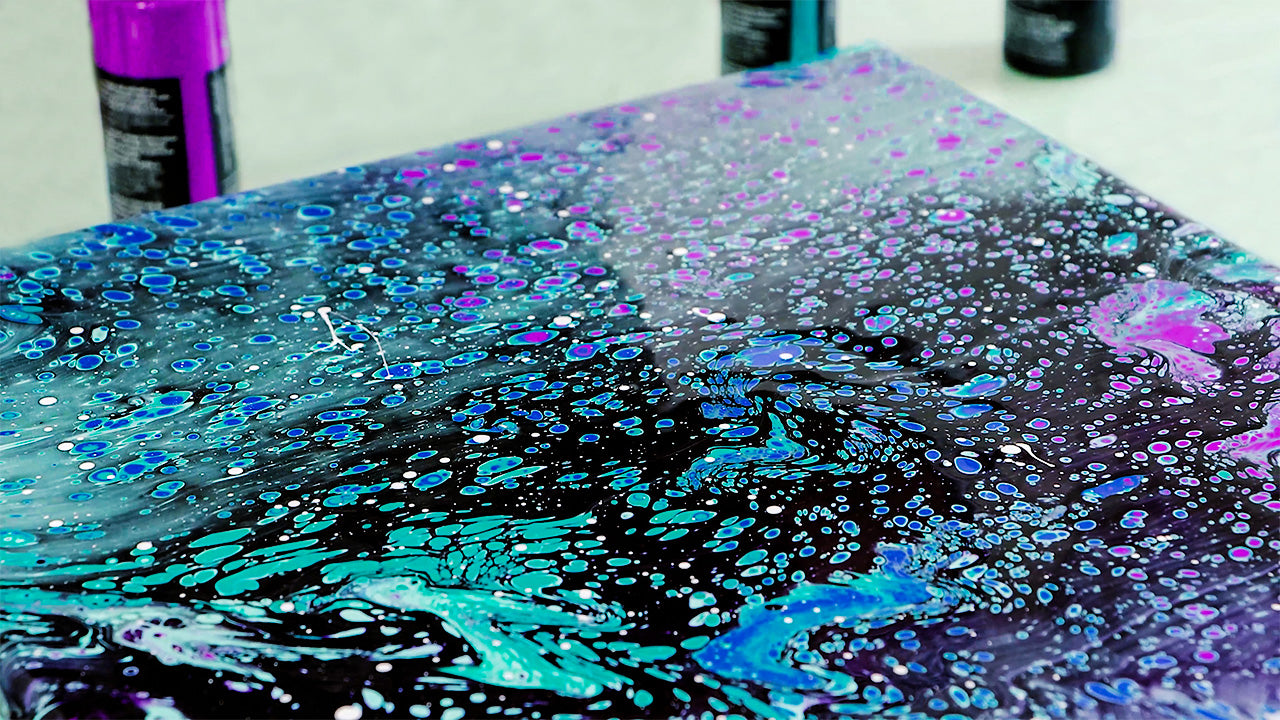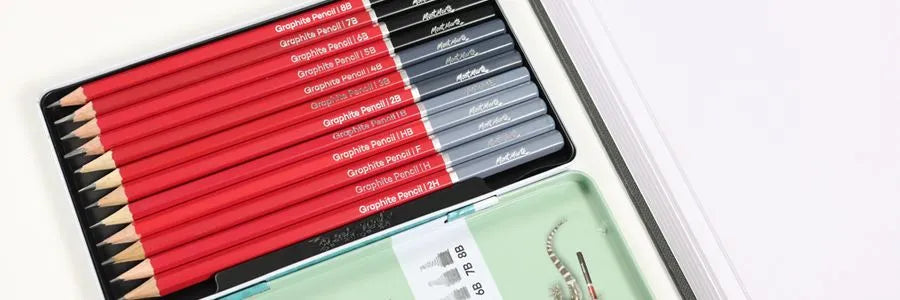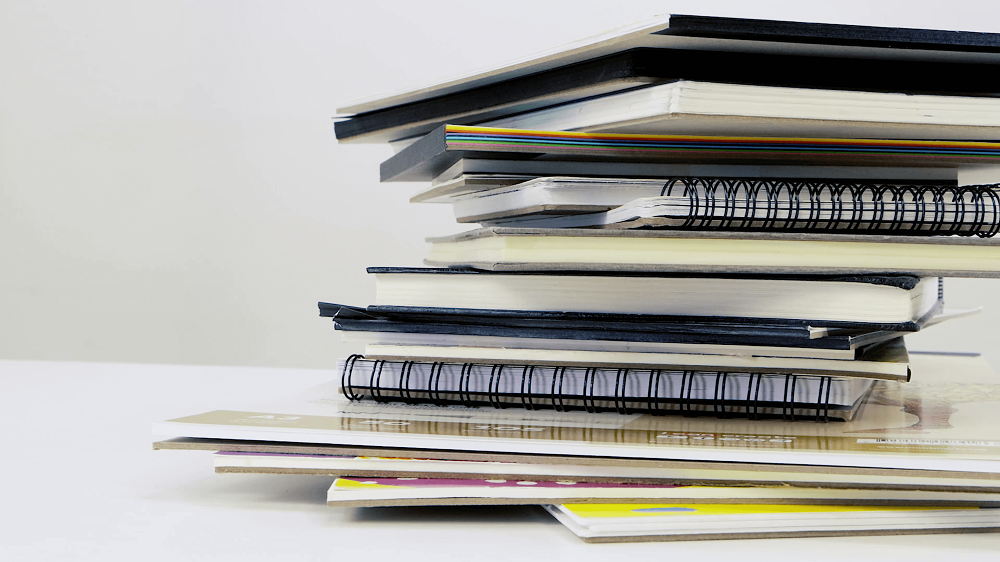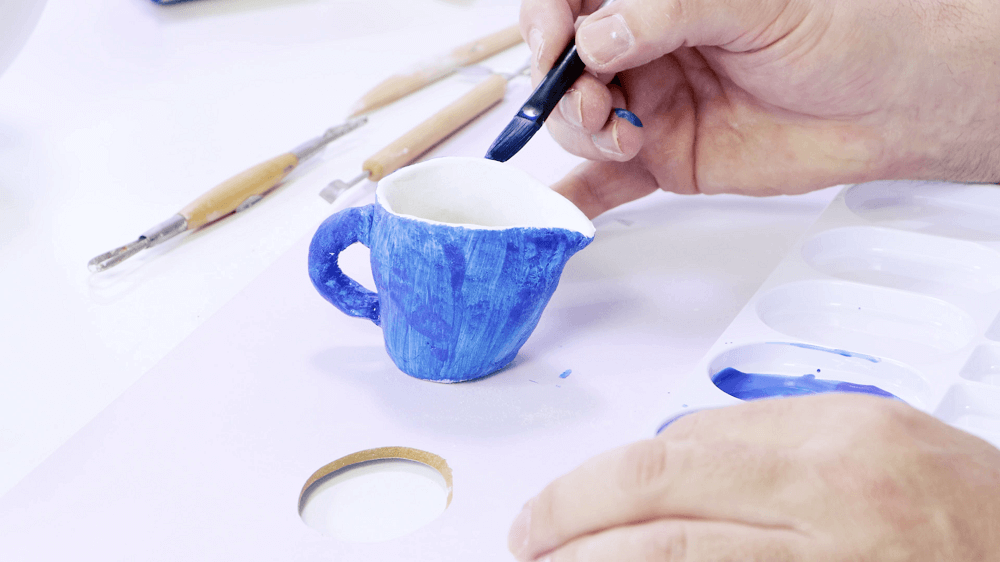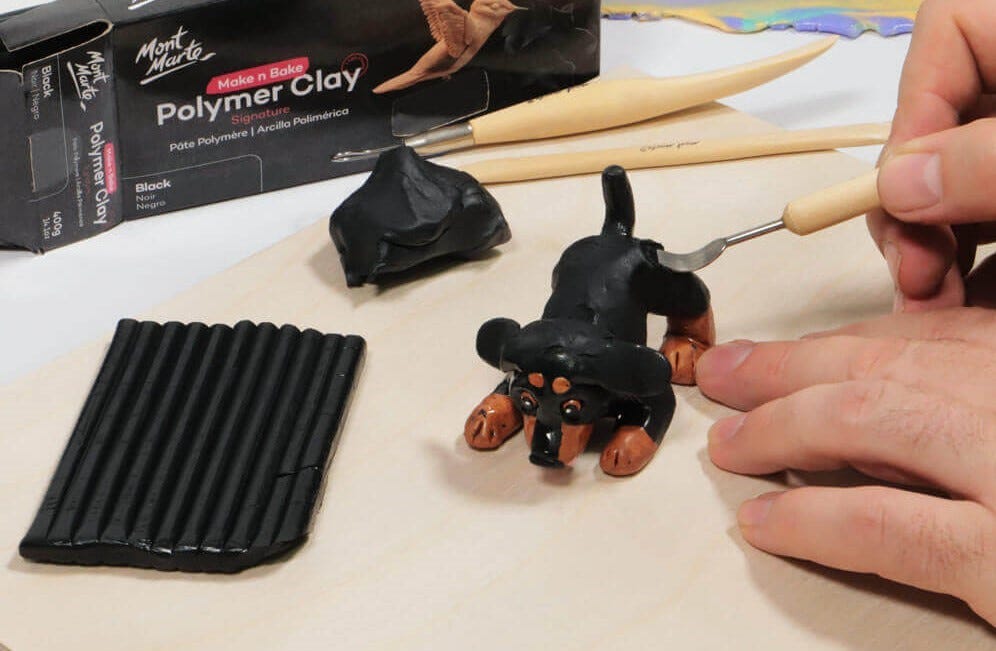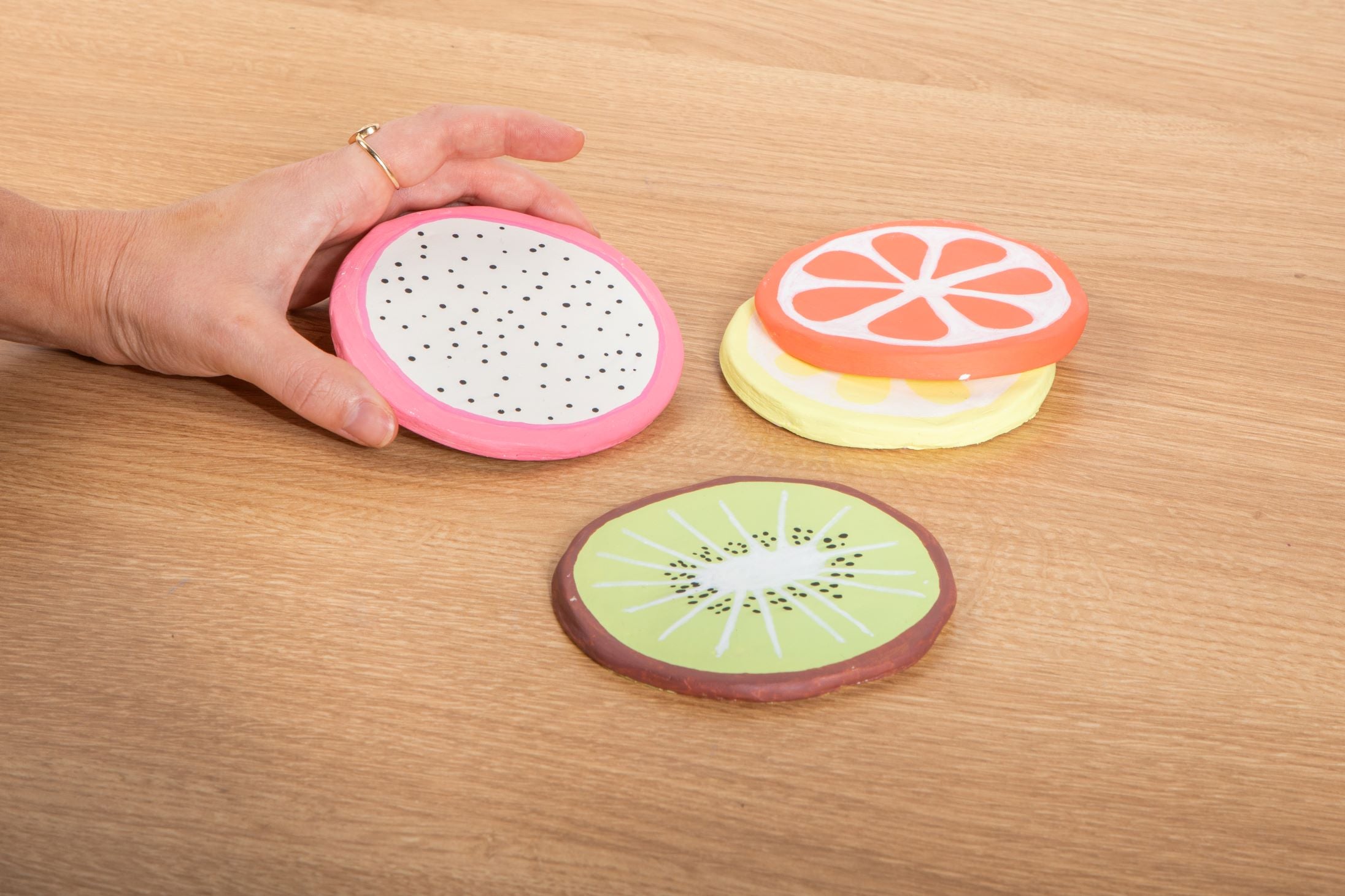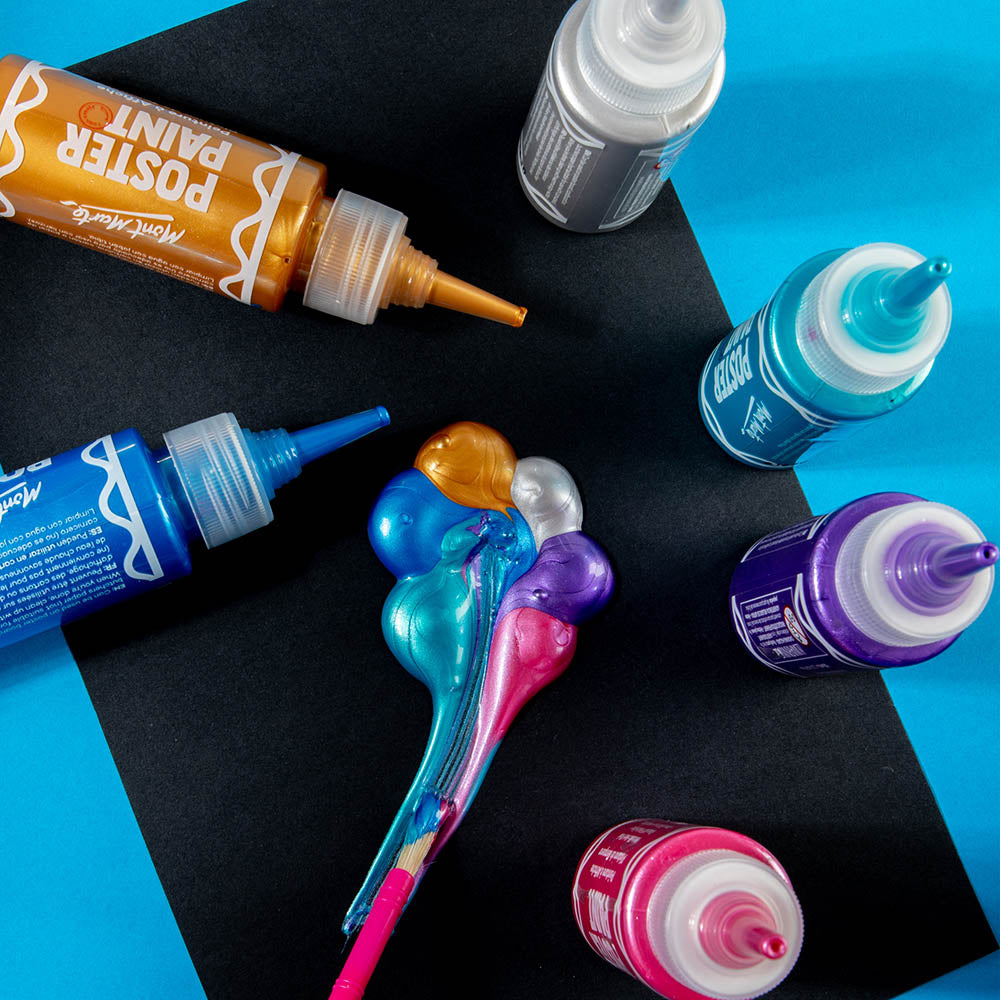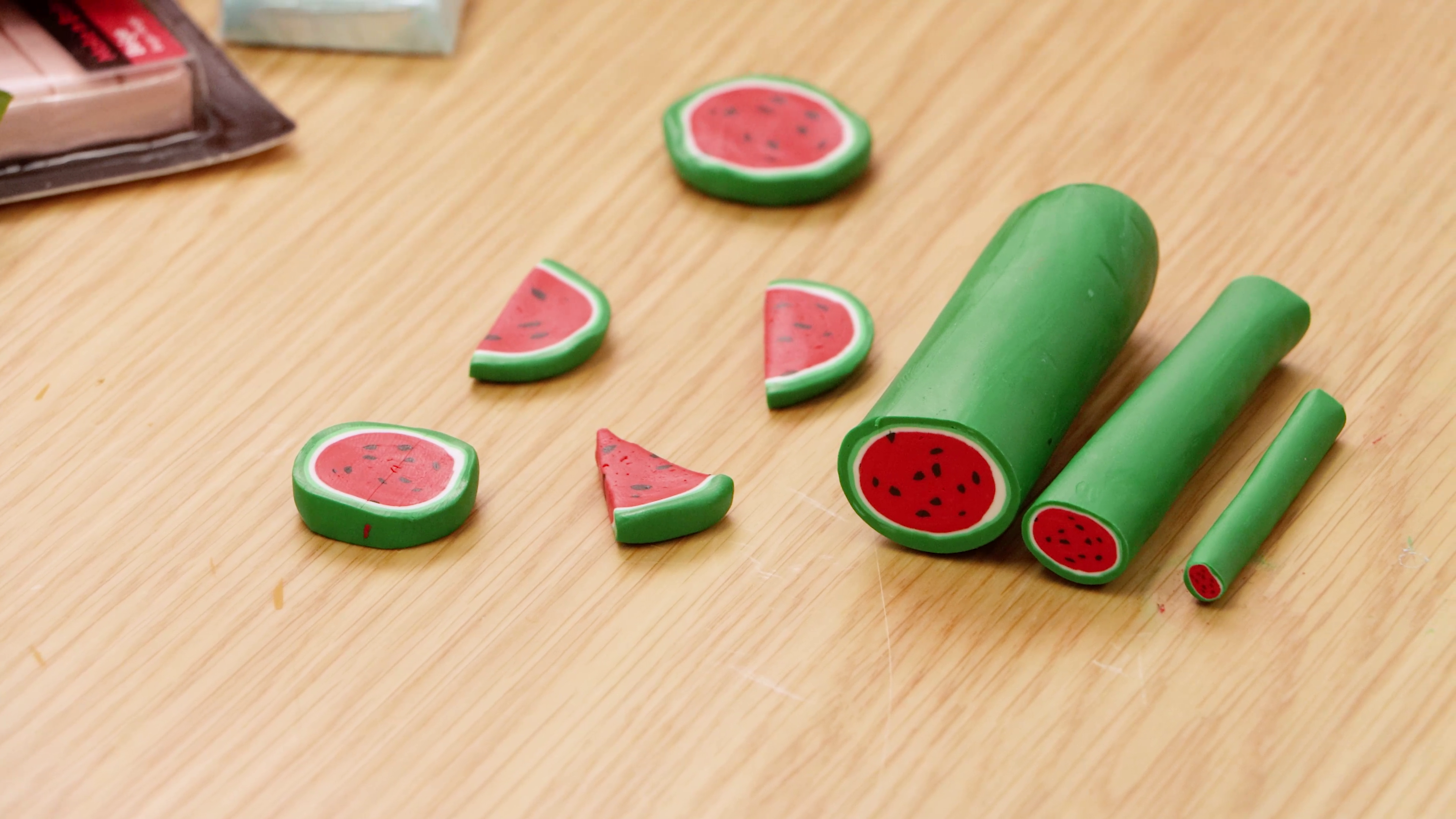If you’ve ever painted something that looked fine but quite feel right, it might be time to explore a unified palette! This trending technique is all the rage right now, helping artists bring harmony and create mood for their paintings. The best part? It’s way easier than it sounds.
In this guide, we’ll show you how painting the same scene three ways with two different unifying colours can totally transform the vibe. There’ll be one ‘control’ version without any unification, one with a cool unifying colour and one with a warm unifying colour. Watch how this simple change makes the unified artwork look like they’re painted at different times of day!
What is unified painting?

A unified colour palette is where you use one extra colour – called a unifying colour – and mix it into every colour on your palette. It creates instant cohesion, even if the actual hues are really different. That unifier acts like a filter over your painting, subtly tying everything together.
The result? A painting that feels more intentional, balanced, and full of mood. It’s a technique loads of artists use to shift the time of day, bring warmth or coolness to a scene, or just make their work feel more finished.
Step 1: Make a landscape painting
To try this out, keep your subject matter straightforward. A basic landscape scene works super well – maybe a lake, some hills, and a big sky. You want something easy to repeat, so you can really see how each version shifts the overall tone.
This is all about colour exploration, not complex composition – at least to start!
Step 2: Landscape colour palette – normal

Start with a ‘control’ version. Just paint the scene using your usual palette – no colour mixing tricks, no added unifier. This first one sets the baseline for your other two paintings. It’s your reference point to compare how much the other two change once you bring in a unifying colour.
Step 3: Landscape palette – cool colour

Time to switch up the vibe. For your second version, add a cool-toned unifier like Light Purple, Cerulean, Viridian, or Phthalo Blue. Mix just a touch of it into all your colours before you apply them.
You’ll still use the same base colours as before, just now each one has a hint of that cool tone. The result? A dreamy, dusky version of your landscape. It’ll look like it’s been dipped in moonlight, even though the shapes and layout are exactly the same.
Watch those deep shadows, moody skies, and peaceful, evening feel come to life before your eyes. We should mention, colour unification is a total trust-the-process experience!
Step 4: Lastly – warm colour!

Next up: bring on the warmth. For the third version, add a warm unifying colour like Yellow Ochre, Orange-Yellow, Yellow Deep, Yellow Pink, or even Vermillion. Just like before, mix a touch into every tone on your palette before painting.
This version will feel like it’s glowing – even though you’re still using the same base colours underneath. The warm unifier adds a soft, golden light across the whole scene. Think late afternoon, sunset, or that warm, hazy summer evening feeling.
It’s a small tweak that completely transforms the painting into a golden-hour spectacular!
What to look out for

Once all three versions are done, lay them side-by-side and take a moment. Even though they’re the same scene with the same base colours, each one tells a different story. That’s the power of a unifying colour.
You’ll notice:
The control feels natural for a brightly lit day, but with less mood and emotion
The cool colour unifier creates strong mood and mystery, transforming the painting to night time!
The warm colour unifier creates a golden hour effect with soft, warm, and glowy vibes.
Remember, these are the exact same paints, just mixed two different ways. That’s why this technique is taking off – it’s a quick way to level up your painting style and experiment with mood, storytelling, and colour harmony.
Want to try it for yourself? Grab some paints and give it a go! If you’re using acrylics, our Acrylic Colour Paint Set 18pc Signature has a great introductory range to get started with. Want to explore colour mixing more deeply? Grab our 48pc set for even more options!
Looking for more lessons and techniques? Explore our Tips & Techniques collection, or else browse Projects for your next big idea.
Stay up-to-date with the latest projects, inspo, tips, and tricks, by joining our Creative Connection community through the sign-up down below.


